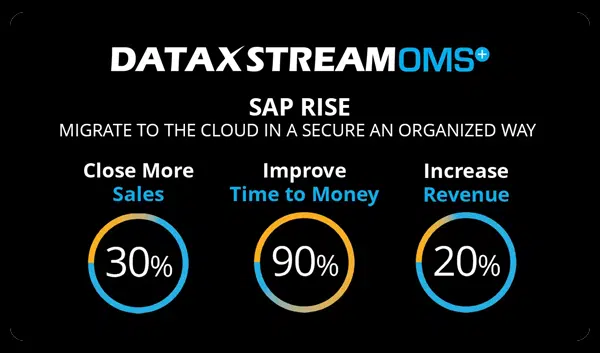It has become clear that the COVID-19 pandemic started a global and abrupt digital transformation the likes of which our society has not seen – at least in our lifetime. Customers and businesses went online at a record pace and the effects of this are being felt and seen across every industry. Many organizations are placing a priority on tools and solutions that will help them build flexibility into their current systems to better prepare for future growth and market change. New technology deployments and innovations that were slated for several years down the road are now being fast-tracked in an effort to respond to the changing, post-pandemic environment.
Exposing the elephant in the room
Within the supply chain, many organizations still need to evolve their systems. According to a Reuters survey of 400 supply chain executives, the COVID-19 pandemic highlighted glaring problems in their order management process. Overall, 55% of respondents said they still use manual processes, 44% think their system is not well integrated with other systems and 43% say their system lacks automation planning/optimization.

Customer demand for online, digital channels will continue to grow, so too will the need to link these and traditional channels together across a unified, cross-channel management platform. Customers do not care whether you can easily switch between your e-commerce platform or your Point of Presence (POP). They simply want to find an available product in whatever channel is the fastest and most convenient way for them—whether online, in-store, mobile, or through a customer service representative.
Systems that are siloed and disparate only lead to poor customer experience and reduced sales. Not having access to real time product data and material availability is a guaranteed source of customer frustration.
A cross-channel order management solution is the differentiator
This is where a cross-channel order management solution comes into play. In order to provide a seamless customer experience, organizations need to have real-time interaction with their entire supply chain. They need to be able to have end-to-end visibility across multiple channels so they can control and manage inventory and fulfill customer orders and requirements quickly
A large wholesale distributor of building supplies was in this exact position of needing to modernize their current order management solution while still utilizing their existing SAP ERP infrastructure. They had a very complex sales process that was split across various business units. It took a long time for their sales reps to fulfill customer orders, and the system was complex and cumbersome to use.
DataXstream’s OMS+ is the only cross-channel order management product on the market that directly overlays an organization’s existing SAP ECC or S/4 system. By working within the company’s existing SAP system, OMS+ was able to leverage their existing business master data, use their existing configuration and processes and transact with all their stores across their business units using real-time data. As a result, sales reps could find the right products quickly and efficiently, allowing them to spend more time focusing on the customer. The real-time visibility also gave them flexibility to quickly change their sales processes in their stores during the COVID pandemic as well.
In the words of the CIO, “Customer issues were non-existent yesterday; and end-of-day reconciliation was nearly flawless. This is a great first step in our major modernization journey for us.”
As businesses continue to grapple with the digital transformation that is evolving, one thing is clear—when you improve your cross-channel order management process, you improve your customer service which enhances the bottom line.




